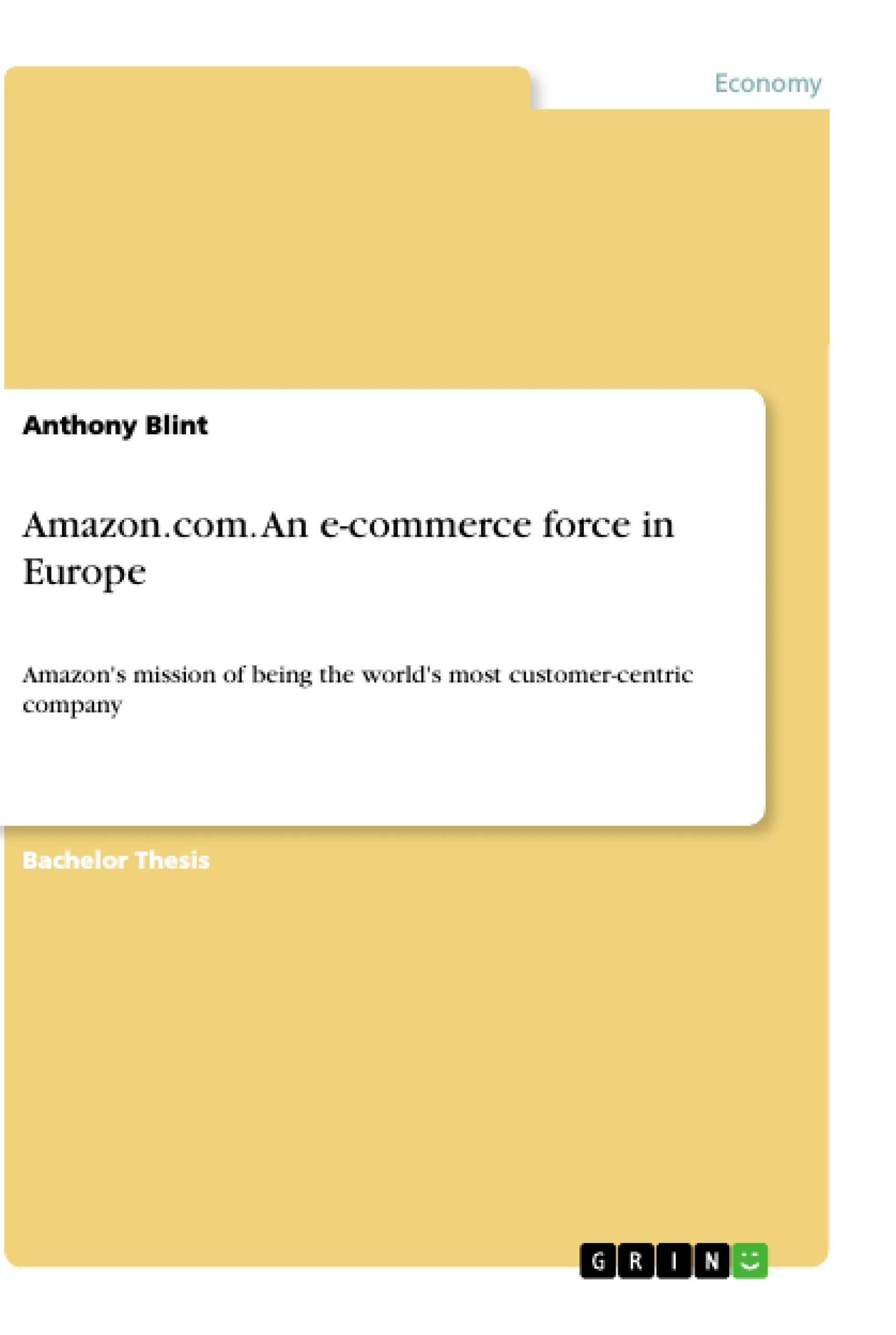Initially selling books online, the US company Amazon.com, Inc. has been transformed into a major online retailer over the course of its existence by providing its services to millions of customers around the world. Customer loyalty has always been essential to the success of a business, but never as much before as in the digital age. The associated customer loyalty programs are now an indispensable medium in the marketing world. Amazon is one of the most frequently mentioned examples of customer loyalty measures in general and in the world of e-commerce, in particular through its established premium program.
Private labels and retailers take advantage of the multiple capabilities of the Amazon.com e-commerce platform, thereby increasing their sales and reaching new customers. Amazon's evolution from a website to an e-commerce partner and on to a development platform is driven by the spirit of innovation that is part of the company’s DNA of the company. The smartest minds in the world of technology come to Amazon.com to explore and develop technologies that make life easier for buyers, sellers, and developers around the world. The author objectifies Amazon's subjective claim of being a customer-centric company and identifies key-areas of customer- centricity by applying theoretical concepts of that topic to the company itself, resulting in an assessment of Amazons degree of customer centricity and giving readers a better understanding of the meaning and historical development of the concept.
TABLE OF CONTENT
Abstract
List of Abbreviations
List of Symbols
List of Figures
1 Introduction
1.1 Aim and Objective
1.2 Structure of the Thesis
2 Electronic Commerce
2.1 Definition of E-Commerce
2.2 The Online Marketplace
2.2.1 Current Status
3 The Path to Customer Centricity
3.1 The Marketing Mix
3.1.1 The 4 Ps
3.1.2 The 4 Cs
3.2 Customer Centricity
3.3 The Seven Pillars of Customer Centricity
3.4 Economic Motivation of Personalization
3.4.1 Direct Switching Costs
3.4.2 Opportunity Costs
3.4.3 Sunk Costs
4 Amazon
4.1 The Founding of Amazon and Rise of the Internet
4.2 Amazon’s Culture and Business Strategy
4.3 Current Status of Amazon
4.4 Customer Loyalty
4.4.1 Measurable Effectiveness
4.4.2 Amazon Prime
4.4.3 Amazon Apps
4.4.4 Targeted Advertising
4.4.5 Subscribe & Save
4.5 Amazon Web Services
5 The MCR-BM Concept
5.1 Introduction to CRM
5.2 Management of Customer Relationship in Business Media (MCR-BM)
5.2.1 Customer Interaction
5.2.2 Added value for the customer
5.2.3 Customer Profiling
5.2.4 Trust
5.2.5 Virtual Communities
5.2.6 Processes
5.2.7 Controlling
6 Analyzing Amazon’s ‘Customer Centric’ Efforts
7 Critical Analysis of the Assessment
8 Conclusion
References
- Quote paper
- Anthony Blint (Author), 2019, Amazon.com. An e-commerce force in Europe, Munich, GRIN Verlag, https://www.grin.com/document/469581
-

-

-

-
Upload your own papers! Earn money and win an iPhone X. -

-
Upload your own papers! Earn money and win an iPhone X. -

-
Upload your own papers! Earn money and win an iPhone X. -

-
Upload your own papers! Earn money and win an iPhone X. -

-
Upload your own papers! Earn money and win an iPhone X. -

-
Upload your own papers! Earn money and win an iPhone X. -

-
Upload your own papers! Earn money and win an iPhone X. -

-
Upload your own papers! Earn money and win an iPhone X. -

-
Upload your own papers! Earn money and win an iPhone X. -

-
Upload your own papers! Earn money and win an iPhone X. -

-
Upload your own papers! Earn money and win an iPhone X.

